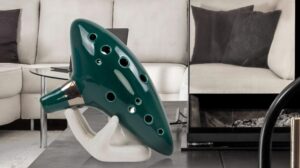
Exploring the Mystical Sounds: The World of the Ocarina
The ocarina is an ancient wind instrument known for its otherworldly and evocative sound. With a history spanning over 12,000 years across cultures worldwide, the

Deciphering ocarina tabs can often seem as challenging as unraveling a complex code.
This guide is designed to simplify and clarify the process, making it an enjoyable and educational experience for anyone keen to learn.
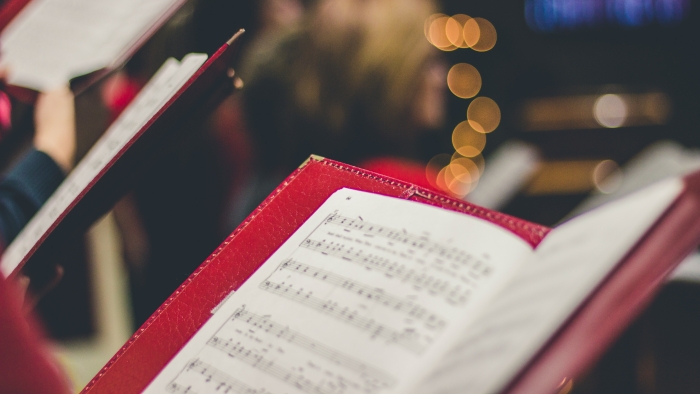
Regardless of whether you’re just starting or seeking to hone your existing skills, acquiring the ability to read these tabs is an essential step in your quest to master the ocarina.
We’ll guide you through a step-by-step journey, from the fundamental concepts to more advanced skills, ensuring a delightful and informative adventure in the world of ocarina music.
To effectively delve into the intricacies of ocarina tabs, it’s crucial to first understand their basic elements.
This section provides the foundational knowledge needed for your musical expedition with the ocarina.
Rhythm and note duration form the backbone of ocarina music, just as in any other musical genre.
The ability to interpret these elements correctly is essential for playing melodies accurately and maintaining the intended rhythm.
Creating music on an ocarina goes beyond merely reading tabs; it involves translating those tabs into melodious sounds. In this section, we focus on how you can achieve this conversion effectively.
Interpreting tabs for different Ocarinas
Ocarinas come in various forms, such as 6-hole and 12-hole, each with its own fingering system. This section provides specific guidance on interpreting tabs according to the type of ocarina you have.
We will juxtapose the tablature for different kinds of ocarinas and elucidate how to adapt your fingering techniques to suit each type.

Grasping these distinctions is crucial for accurately playing songs and fully utilizing the potential of your ocarina.
Gaining a grasp on reading ocarina tabs naturally leads to the next step: applying this knowledge.
This involves an examination of various popular songs to illustrate how these tabs translate into actual music.
By delving into these songs, one can see the direct connection between the tablature and the melodies produced on the ocarina. This practical application is essential for moving from theoretical understanding to real-world playing skills.
After mastering the foundational skills, the next phase involves enhancing your ocarina playing with advanced techniques. These advanced skills will add depth and complexity to your performances, enabling you to tackle more intricate compositions.
Dynamics and articulation are key to bringing emotion and expression into music. This section will teach you how to interpret these elements in ocarina tabs and incorporate them into your playing.
You’ll learn to interpret dynamic markings like forte (loud) and piano (soft), and articulation symbols such as staccato (short notes) and legato (smooth, connected notes).
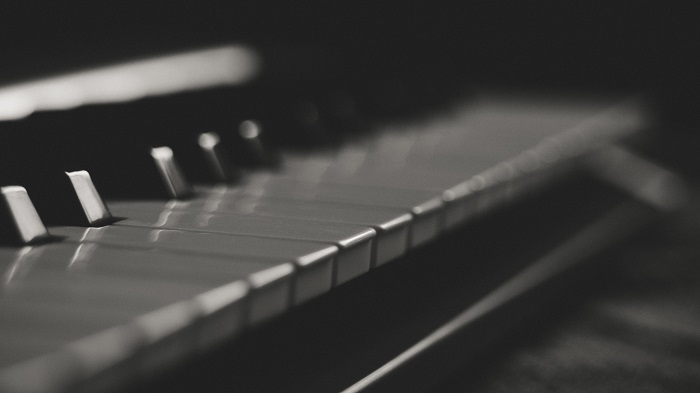
Grasping these subtleties can elevate a simple tune into an evocative musical piece, enriching your playing with depth and emotion.
We’ll offer exercises and examples to help you master the art of dynamics and articulation, thus boosting your expressive potential on the ocarina.
Learning to read Ocarina tabs need not be an intimidating endeavor. With the appropriate methodology and diligent practice, you can swiftly become proficient in this skill and revel in the enchanting music of the ocarina.
Remember, every virtuoso began as a novice – and with this guide, your musical odyssey with the ocarina is just commencing!
Our aim is to accompany you on this journey, providing insights, advice, and motivation every step of the way.
Embrace the challenge, relish the learning process, and soon you’ll find yourself playing the ocarina with confidence and delight.
Can I learn to play the ocarina by ear, or is reading tabs essential?
While playing by ear is a valuable skill, reading tabs is essential for mastering the ocarina, especially for beginners.
Tabs provide a visual representation of music that can help you understand and play songs more accurately. They are particularly useful for learning complex melodies and rhythms that might be challenging to pick up by ear alone.
How long does it typically take to become proficient at reading ocarina tabs?
The time it takes to become proficient in reading ocarina tabs varies depending on individual practice habits and prior musical experience.
Generally, consistent daily practice of 15-30 minutes can lead to noticeable improvements within a few weeks. Remember, regular practice and patience are key to mastering any musical skill.
Are there any specific exercises to improve my speed and accuracy in reading ocarina tabs?
Yes, there are several exercises you can do. One effective method is to practice sight-reading, where you try to play a new piece of tablature without prior preparation.
This challenges you to read and play simultaneously, improving both speed and accuracy. Another exercise involves practicing scales and simple songs to build muscle memory and familiarity with common tab patterns.
Is it necessary to understand music theory to read ocarina tabs effectively?
While a basic understanding of music theory can be beneficial, it’s not strictly necessary for reading ocarina tabs.
Tabs are designed to be straightforward and accessible, even for those without a background in music theory. However, some knowledge of rhythm and note duration can enhance your ability to interpret and play the tabs more effectively.
Can I use guitar or piano tabs as a reference for playing the ocarina?
Guitar and piano tabs are not directly transferable to the ocarina because they are tailored to the specific layout and range of those instruments.
Ocarina tabs are uniquely designed to represent the finger positions and breath control specific to the ocarina. Therefore, it’s best to use tabs specifically created for the ocarina to ensure accuracy in playing.


The ocarina is an ancient wind instrument known for its otherworldly and evocative sound. With a history spanning over 12,000 years across cultures worldwide, the

When it comes to taking care of your musical instruments, ocarina requires special attention, especially in terms of disinfection. Whether you’re a professional musician or
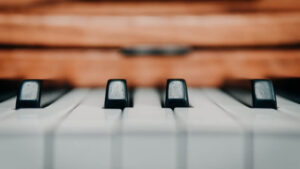
When it comes to preserving the charm and sound of your ocarina, storage is key. Just like a treasured book or a fine wine, your

The world of music is filled with diverse and captivating instruments, and among them, the ceramic ocarina stands as a unique and charming creation. With
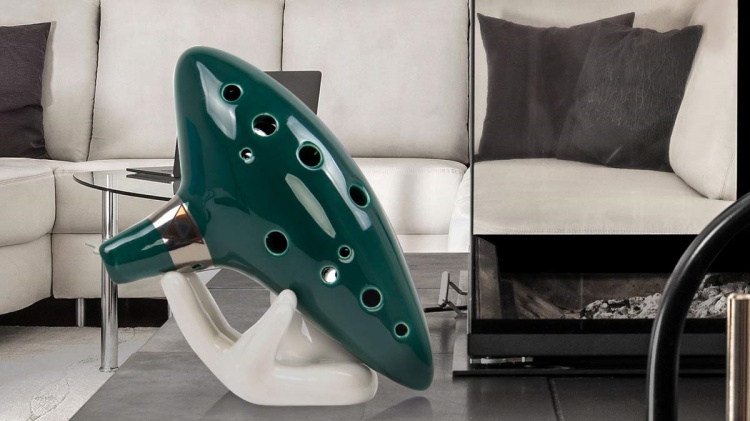
The ocarina is an ancient wind instrument known for its otherworldly and evocative sound. With a history spanning over 12,000 years across cultures worldwide, the

When it comes to taking care of your musical instruments, ocarina requires special attention, especially in terms of disinfection. Whether you’re a professional musician or

When it comes to preserving the charm and sound of your ocarina, storage is key. Just like a treasured book or a fine wine, your

The world of music is filled with diverse and captivating instruments, and among them, the ceramic ocarina stands as a unique and charming creation. With
Copyright © 2024 echofluteocarinas. All Rights Reserved.